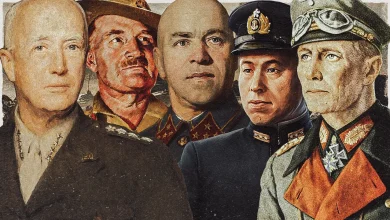The man who refused to salute Hitler
If you frequent the internet and especially websites such as Facebook, Twitter, or Reddit, you have undoubtedly seen the following picture. Initially, there’s nothing too special about it except that it shows what appears to be a crowd of fanatical Nazis giving the Hitler salute. And it wasn’t until the photograph was published in the German newspaper Die Zeit in 1991 that the photograph was recognized for its peculiarity. Because if you look closer, you’ll see that one man in the entire crowd does not raise his right arm. And that isn’t because he is late in raising it or the photograph is simply taken at an unfortunate moment. No, this man deliberately and demonstratively crosses his arms and refuses to bring the Nazi salute. So, what’s the story behind this photo and, more importantly, what’s the story behind this man that defiantly stood up against one of the most illustrative examples of a totalitarian regime.

Let’s start with the story behind the photograph. It was taken on the 13th of June 1936, during the launching of the Horst Wessel, a sailing vessel known as a bark. For the occasion, Hitler made his way to Hamburg to give a speech to the on-looking crowd, which consisted of employees of the shipyard Blohm and Voss.
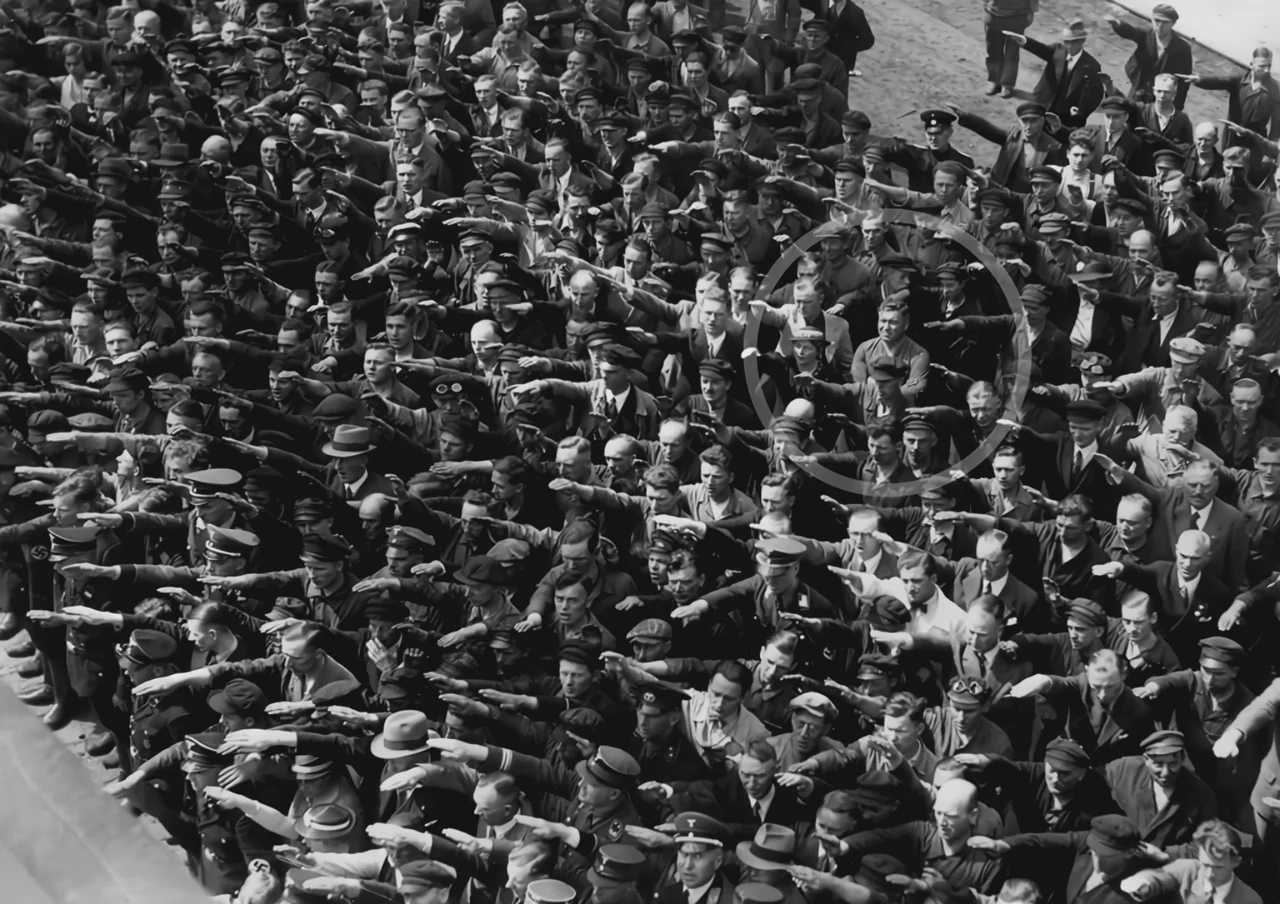
Knowing the place, date, and shipyard the photograph was taken at it should be enough information to track down who this man was. Yet it wasn’t that clear cut. The picture was rediscovered in an archive during the ‘90s, and once the man in the photograph was seen refusing to salute it received a huge amount of media attention.
Following its discovery, an article was printed in the Hamburger Abendblatt with the request for anyone that knew who this man was to get in touch. A woman, Irene Eckler, contacted the newspaper. She claimed the man in the photograph was her father.
August Landmesser
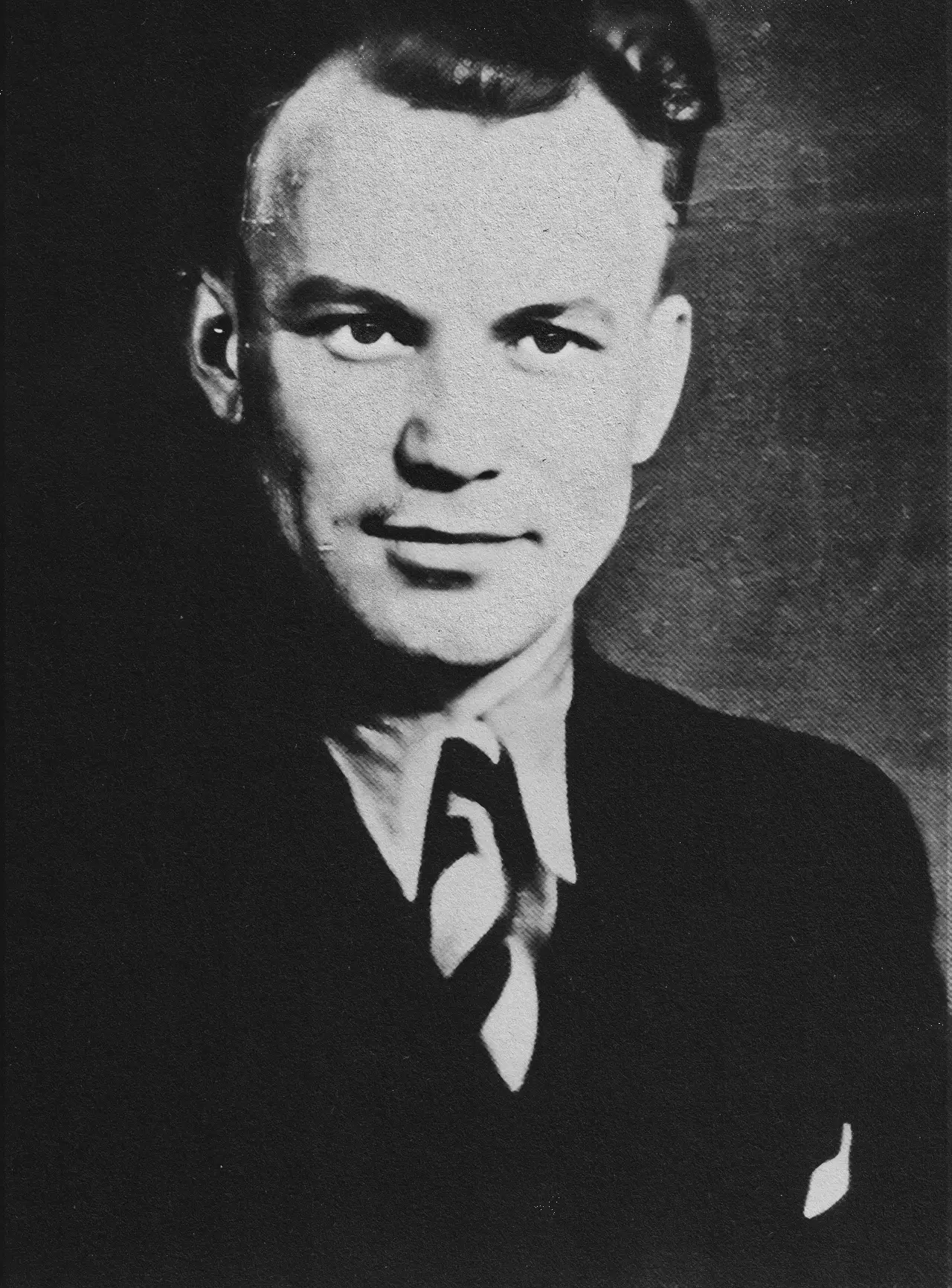
Her father, August Landmesser, worked at the shipyard Blohm and Voss and became a member of Hitler’s political party, the National-socialist German worker’s party in 1931. According to his family, he became a member in the hopes that it would be easier for him to find work, because after all, Germany suffered immensely under the effects of the Great Depression. The fact Hitler’s party basically campaigned on an overt antisemitic message didn’t bother him. That was, until 1934 when he met Irma Eckler, a Jewish woman.
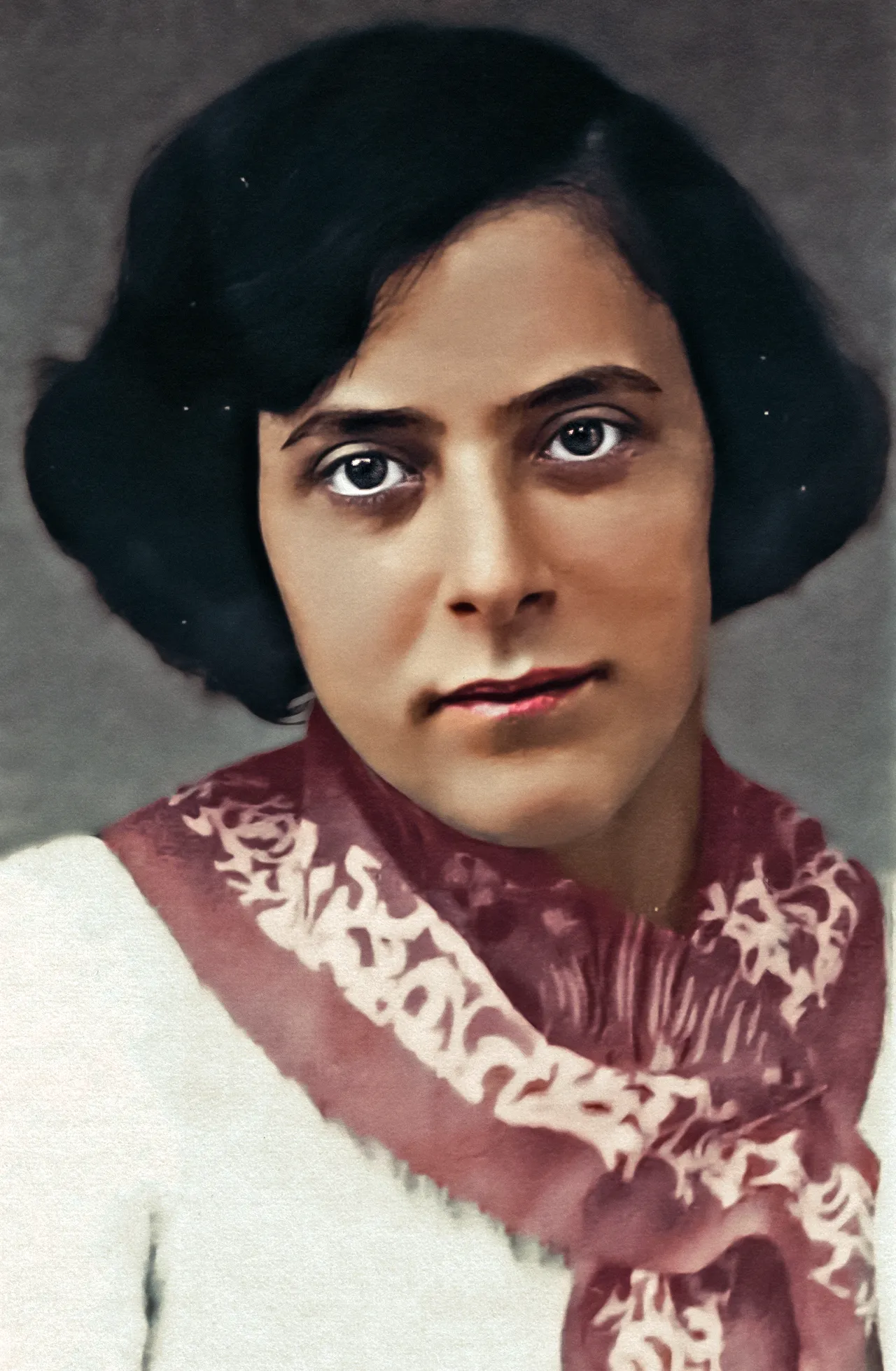
August fell head over heels in love with Irma and the couple started dating. It led to him being kicked out of his party once his fellow party members discovered his girlfriend was Jewish. His expulsion from the party didn’t result in the end of the relationship; neither did the creation of the so-called Nuremberg laws of 1935.
These laws forbade extramarital intercourse between Jews and Germans and rendered all Jewish civilians subjects without any citizenship rights. For August and Irma, this meant they could not marry. That same year the couple had their first daughter, Ingrid. Due to the Nuremberg laws, their daughter wasn’t recognized as a German citizen, and formally she was considered to be born out of wedlock.
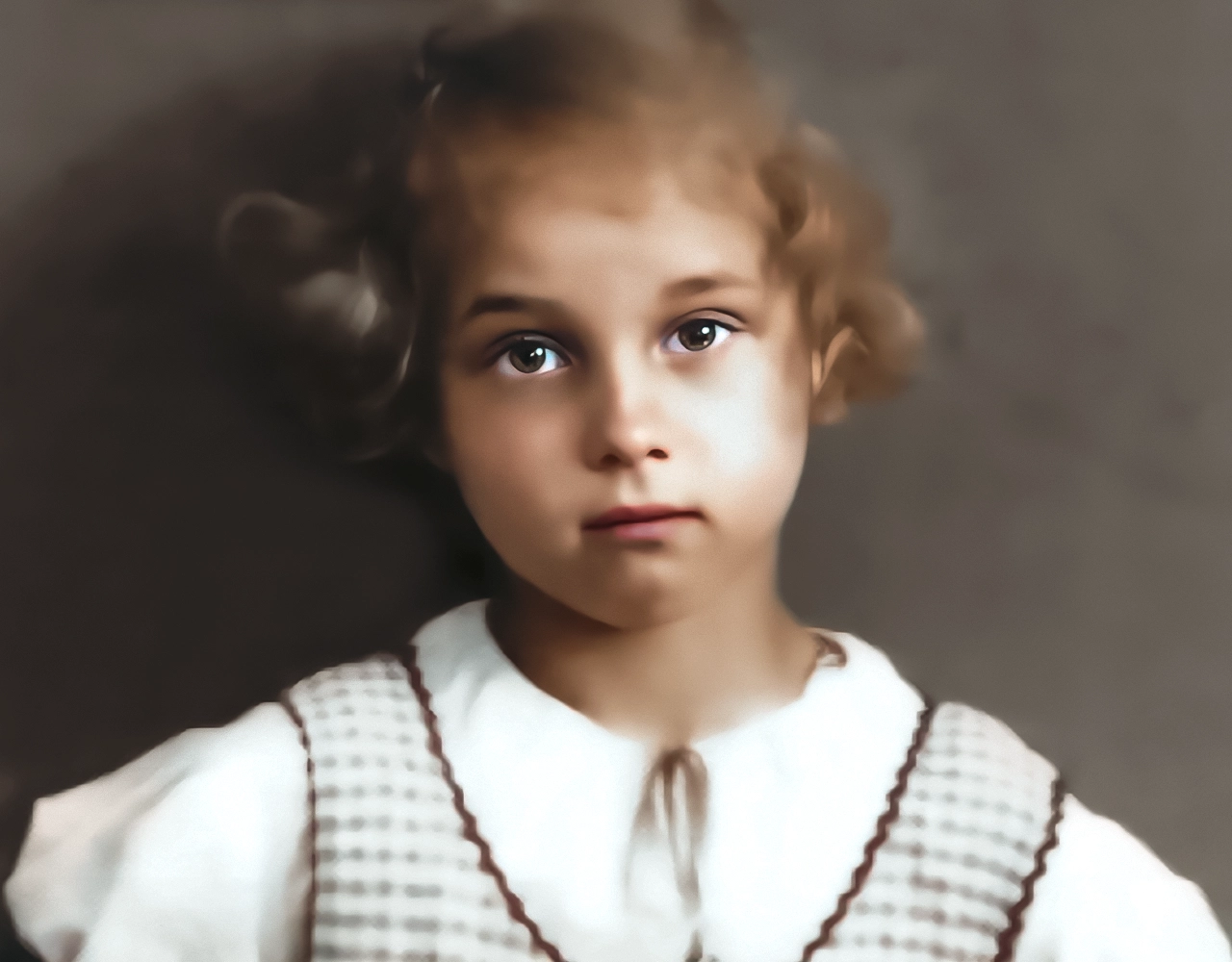
Undoubtedly this increasingly hostile environment and tightening of the grip of the odious Nazi apparatus fed August’s disappointment and frustration with Hitler’s regime. And that was the situation that led to the photograph to be taken.
When Hitler gave his speech to employees of the shipyard, August had ample reason to keep his arms crossed and defy the custom to bring the Nazi salute. It led to the photo which is a powerful picture of individual resistance in the face of totalitarian terror.
So, following all this, does the story of August and Irma have a happy ending?
Well, one year after the photograph was taken, Irma became pregnant with their second child. The couple realized there was no future in Nazi Germany and decided to cross the border with Denmark to flee the country.
They were caught and subsequently arrested, however. Both were charged with Blutschande, which translates to as much as blood disgrace, because of Irma’s Jewish descent. Yet because the Nazis couldn’t properly establish Irma’s full ancestry, the couple got away with a warning and to not be seen together again.
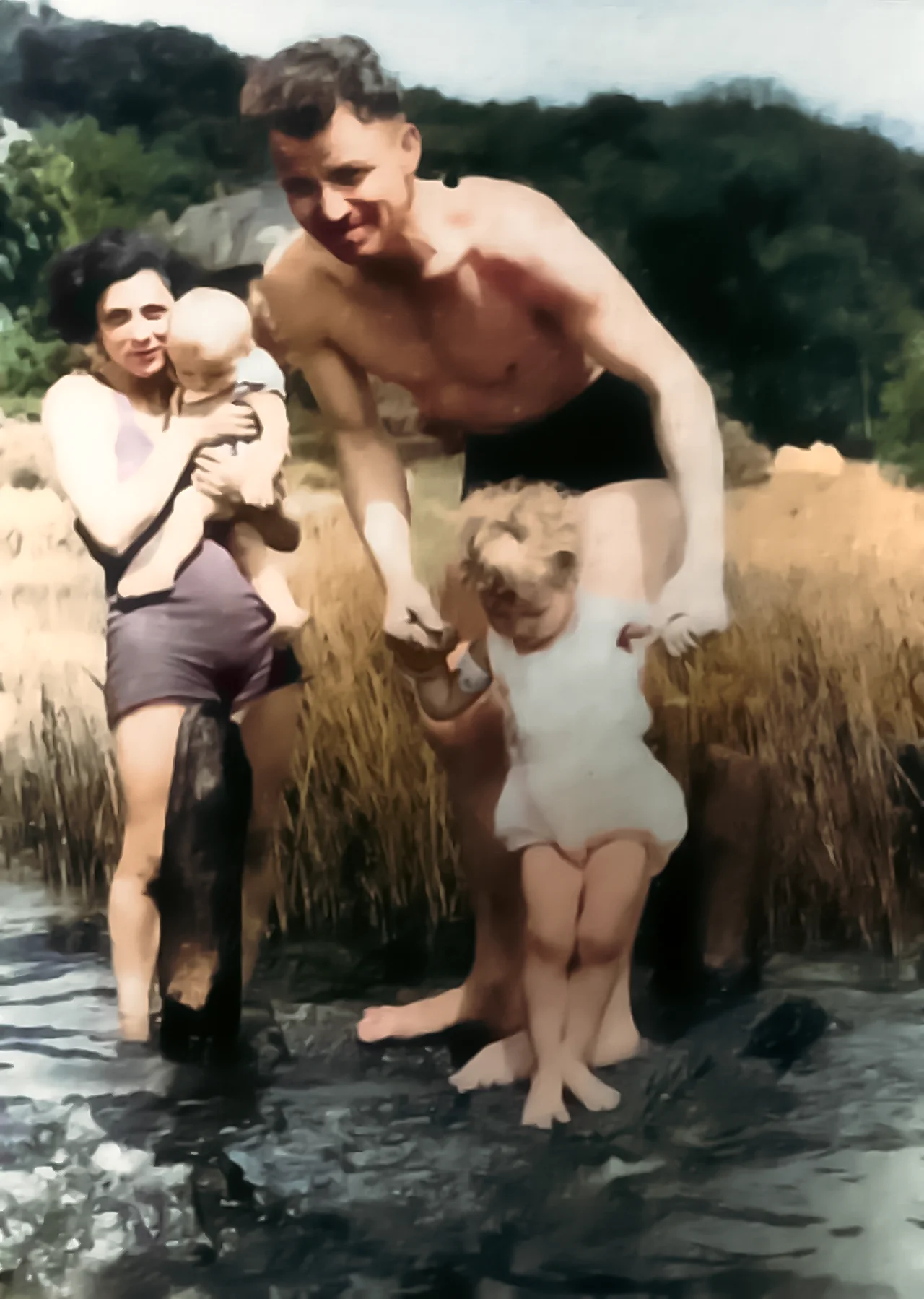
Multiple arrests over the next few weeks followed because they stayed together and defied the verdict of the court. Two months after the verdict the couple was arrested again by the Gestapo, the secret state police. August was sentenced to hard labor in concentration camp Börgermoor.
He was released three years later in 1941 to work in a transport company, and in February 1944 he was conscripted in a penal military unit, the 999th Light Afrika Division. That is the last we know of him, and it is commonly accepted he was most likely killed by Yugoslav partisans during the retreat around the Croatian municipality of Ston, around the age of 34.
In 1949 August Landmesser was officially declared dead. As for Irma, she was arrested as well and had her second daughter, Irene, in prison Fuhlsbütter. Following the arrest she was shipped to several concentration camps, ending up in concentration camp Ravensbrück. Here she was hospitalized and probably, together with other patients, murdered in 1942.
Following their arrest, August and Irma didn’t see each other anymore. Their two daughters survived the war. Following their parent’s arrest, they were initially placed in an orphanage, and Ingrid eventually moved to her grandmother’s house with Irene being placed in a foster family.
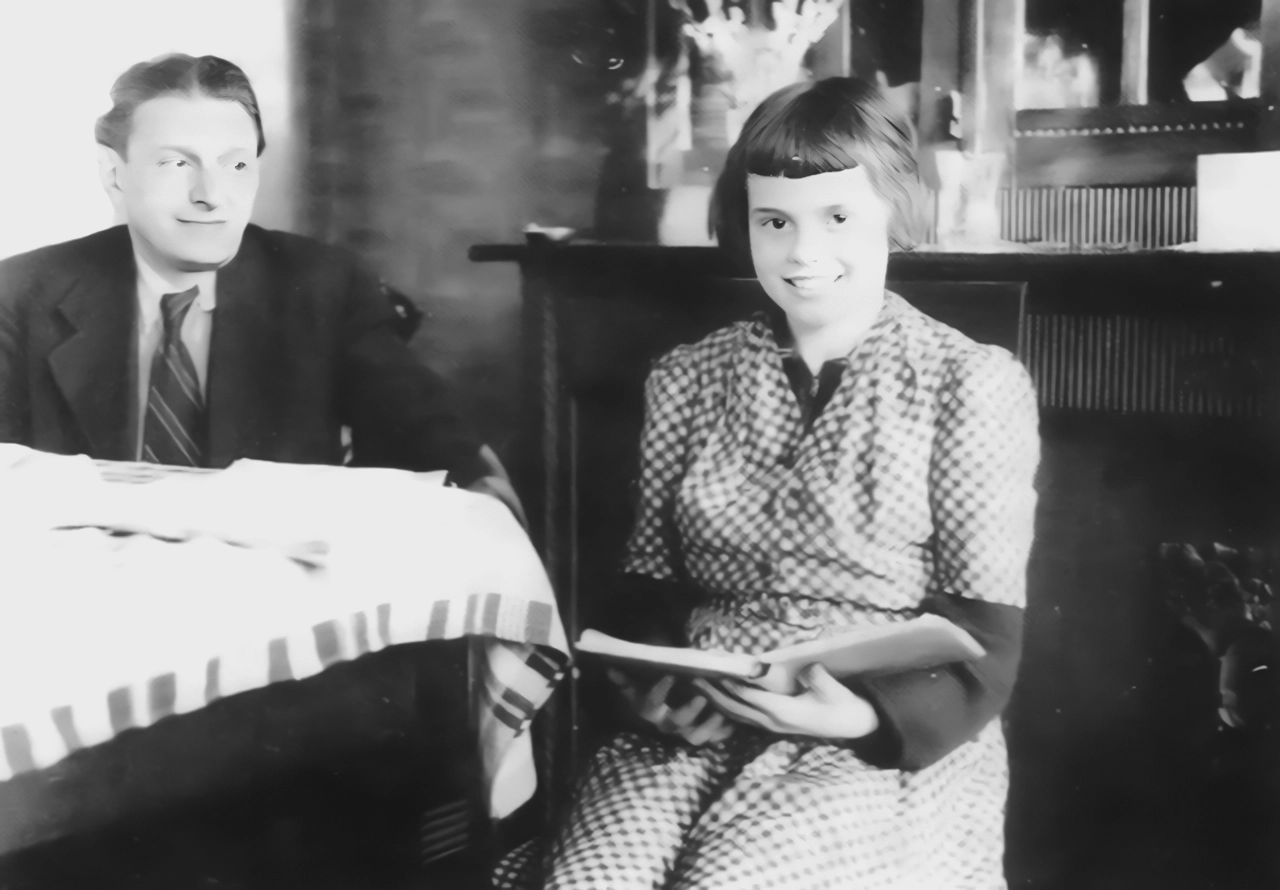
When the photograph of the shipyard was published in the German newspaper Die Zeit, Irene recognized her father and identified him. It led to August and Irma’s story being brought to widespread attention.
Gustav Wegert
But there’s another person that claims to recognize the person in the photograph. Wolfgang Wegert recognized the man that refused to salute as his father, Gustav Wegert.
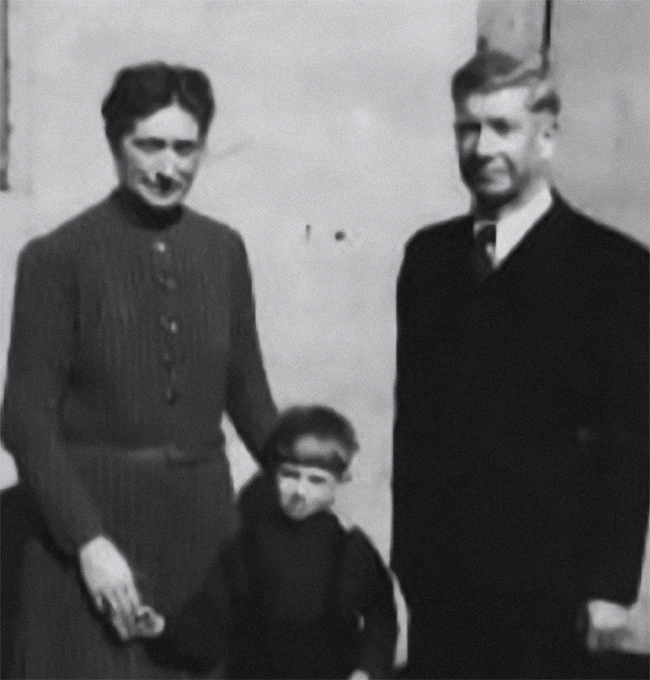
The story of Wegert is less detailed than that of August because there simply is less information available about his life. Gustav certainly worked for the Blohm and Voss firm between 1934 and 45, so it is possible he was at the shipyard when Hitler came by and gave his speech. Because of his strong Christian beliefs, Gustav was vehemently opposed to the Nazi ideology.
Another anecdote about Hitler coming to a place to speak at where Gustav was supposed to be at, ended with Gustav going to Church instead of attending the event. Throughout the war, Gustav’s wife was incredibly worried about the way he positioned himself to the Nazis, but he managed to survive the war and didn’t get in trouble as far as we can tell.
One theory goes that one of his employers protected him from repercussions. It is unlikely we’ll ever discover the absolute truth about the photograph, because both August’s and Gustav’s beliefs make a strong case for why they would refuse to bring the Hitler salute. What is for sure is that the photograph that was buried in an archive for 50 years made a great impact when it was discovered and became a well-known symbol of resistance.

